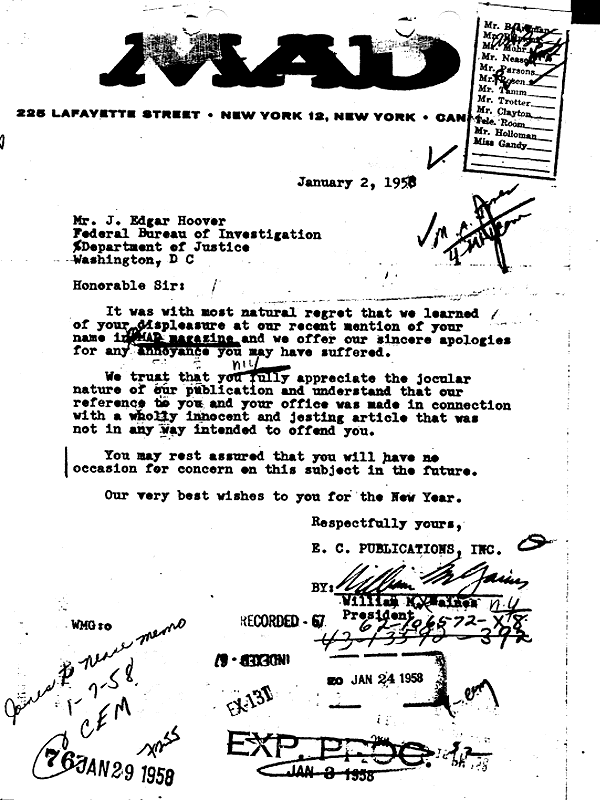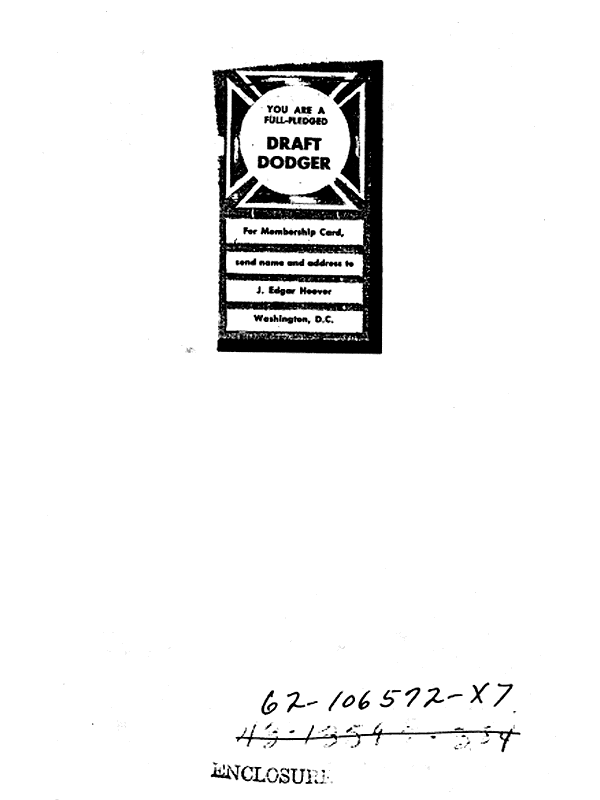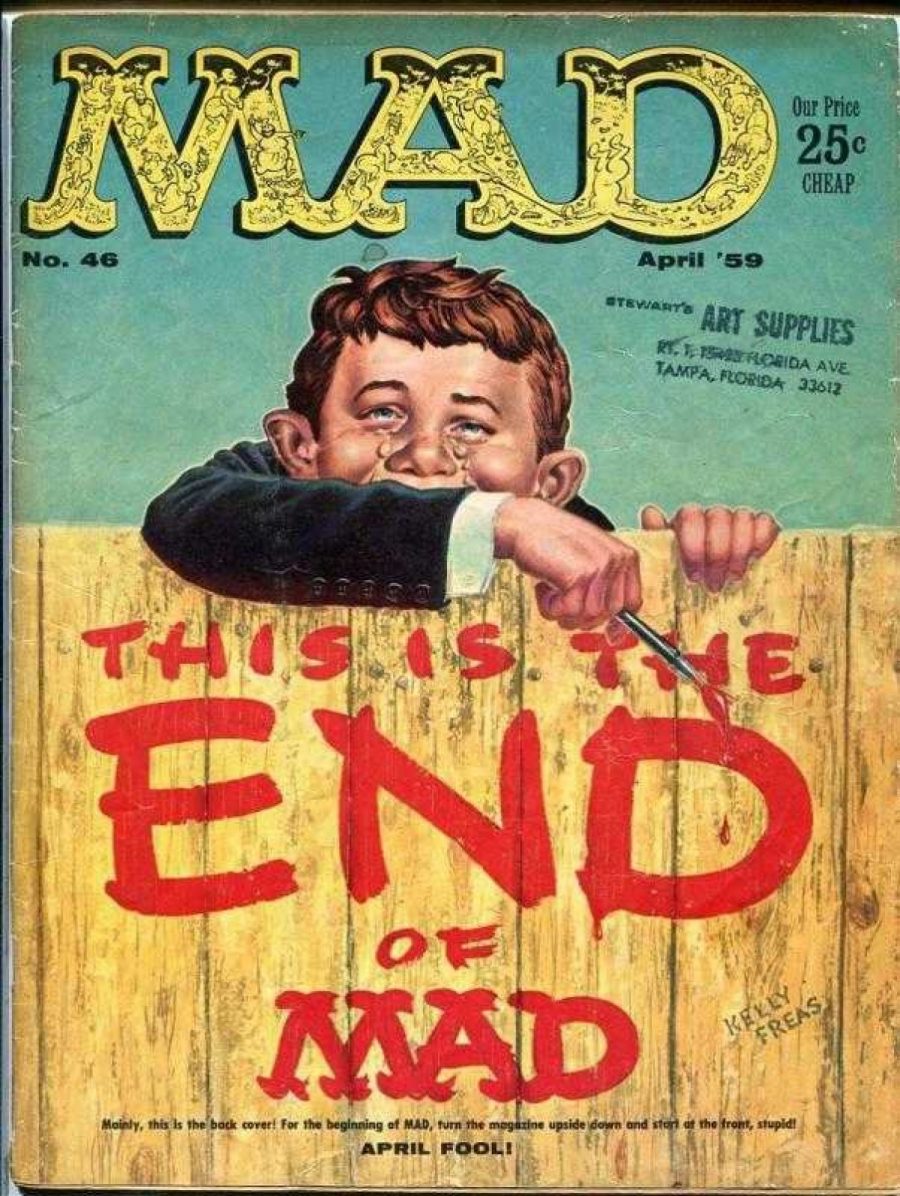If you first heard the work of great Brazilian guitarist and singer João Gilberto in a little tune called “The Girl From Ipanema,” you’re in the company of millions, whose introduction to Gilberto and the sounds of bossa nova jazz came from that song, recorded with saxophonist Stan Getz. When the L.A. Times’ Randall Roberts compares their collaborative album Getz/Gilberto to the arrival of the Beatles in the U.S., this may sound like an exaggeration. But bossa nova, like rock and roll, was already hugely popular, and sound of this record was a quiet revolution.
Gilberto, who died this past Saturday at age 88, was “one of the most influential musicians of the 20th century.” He and “his peer and collaborator Antonio Carlos Jobim helped create and popularize bossa nova, a toned-down and romanticized take on Brazilian samba music.” Jobim may have written “The Girl From Ipanema,” but Gilberto first turned Americans on to its charms, and to what Allmusic’s John Dougan calls “the signature pop music of Brazil.”
Called O Mito, “the legend,” in his home country, Gilberto’s influence is incalculable and has “resonated in the work of artists including Caetano Veloso, Sade, Gal Costa, Leonard Cohen, Joni Mitchell, Stereolab, Seu Jorge and pretty much every Brazilian songwriter since 1960,” writes Roberts. His countryman Veloso has said, “I owe João Gilberto everything I am today. Even if I were something else and not a musician, I would say that I owe him everything.”
Many people have said similar things over the years about John Lennon or George Harrison, but an unassuming acoustic crooner singing in Portuguese? Could he really have that kind of cultural sway worldwide? It may be hard to see it now, but “bossa nova integrated itself into the global conversation in much the same way rock ‘n’ roll did.” Yet instead of rebelling, it dressed up; rather than “upping the tempo, attitude and energy,” it “soothed and seduced.”
Bossa nova provided a counterpoint to the raw energy of American and British rock, but not in the comforting, nostalgic way of soft, soporific music like that of Lawrence Welk. Rather—partly through its influence on jazz musicians like Getz, Dizzy Gillespie, and Charlie Byrd—bossa nova became its own kind of hip popular idiom, cool instead of hot, but still sexy and new. Elvis even tried to cash in on the music’s growing popularity in 1963 with his “rollicking ‘Bossa Nova Baby’” from the movie Fun in Acapulco.
The shoes didn’t quite fit. Bossa nova was subdued and subtle, a sound created for small spaces and small moves. It’s said that Gilberto’s quiet style of playing “developed in 1955 when he sequestered himself inside of a bathroom at his sister’s house so as not to disturb her family,” writes Felix Contreras at NPR, “and to take advantage of the acoustics provided by the bathroom tiles.” This intimate origin story aside, his was also a style that demarcated class lines in pop music.
Popular among a slightly older set of listeners, in Brazil bossa nova first attracted “a new moneyed class eager to move away from the more traditional samba sound of explosive drums and group singing.” In its influence on American jazz, bossa nova also telegraphed luxury, with its deeply relaxed atmosphere and lush, unhurried textures. It is the sound of seaside resort hotels and upscale nightclubs, of yacht parties, art galleries, and penthouse apartments. “The Girl from Ipanema” sounds like the singing sixties worlds of James Bond and Hugh Hefner, not Haight Ashbury.
Nonetheless, the song is an absolute classic for good reason, with Gilberto’s then-wife Astrud “on a sultry vocal” in English, repeating his understated Portuguese, and a “now-iconic tenor sax solo” by Getz. “It was a worldwide hit and won the 1965 Grammy for record of the year. Getz/Gilberto won album of the year and would go on to become one of the highest-selling jazz albums of all time.” For a time, bossa nova was everywhere, then it gave way to the harder-edged Tropicalia movement of younger musicians like Veloso and Gilberto Gil, and its vocabulary became absorbed into so many different kinds of music that we are hardly aware of its presence anymore.
If “The Girl from Ipanema” was the first, and maybe, the last, you heard of João Gilberto, you owe it to yourself to learn more of his work. And, if you’re already a lifelong fan, you’ll appreciate all the more these live performances from Gilberto’s career. At the top, see him perform “The Girl From Ipanema” with the song’s composer and his old collaborator Jobim; further up, Gilberto plays “Desafinado” and “Carinhoso” live in concert,” and, just above, see him play “Corcovado.”
Gilberto was cut out of his biggest global hit for the 1964 TV performance above. Producers opted to make Astrud the face and voice of “The Girl from Ipanema.” But the millions who bought the record heard his mesmerizing vocal and guitar work, and then kept hearing their influence on records released for decades afterward around the world.
Related Content:
“The Girl from Ipanema” Turns 50; Hear Its Bossa Nova Sound Covered by Sinatra, Krall, Metheny & Others
The Strange History of Smooth Jazz: The Music We All Know and Love … to Hate
The Existential Adventures of Iconoclastic Brazilian Musician Tim Maia: A Short Animated Film
Josh Jones is a writer and musician based in Durham, NC. Follow him at @jdmagness








